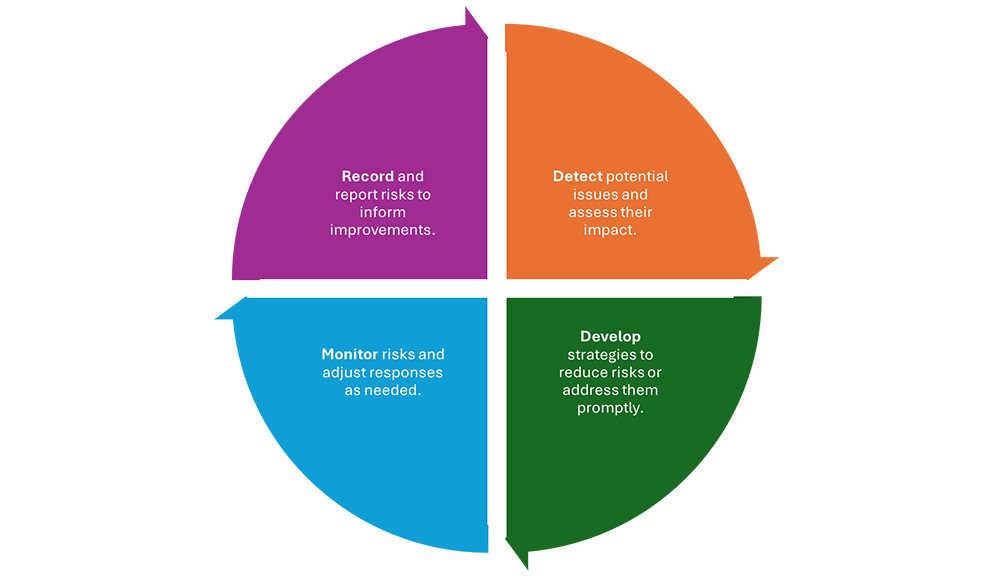Principles of Risk Management in Aged Care
Managing risk effectively is key to providing safe, high-quality care. While risks to residents may change in a palliative care setting, the systems and principles guiding risk management remain the same. Below are some key principles to guide your practice.
- Consumer-Centred Care
Focus on the health, safety, and wellbeing of residents. Manage risks in ways that respect and respond to their individual needs, goals, and preferences, while minimising harm.
- Leadership and Accountability
The organisation’s leadership is responsible for setting a clear risk management culture. Everyone, including nurses, care staff, and families, should understand their role in identifying and addressing risks.
- Quality and Safety Culture
A culture that prioritises safety and learning, without blame, encourages reporting and managing risks effectively. This helps teams identify issues early and improve practices.
- Communication and Collaboration
Work with all involved, including residents, families, and care staff, to identify risks and develop shared strategies to address them. Clear communication ensures everyone understands their responsibilities.
- Continuous Improvement
Monitor and review risks regularly to identify trends and areas for improvement. This ensures care remains safe, effective, and responsive to residents’ changing needs.
Why is risk management important?
Aged care providers are expected to identify, manage, and review risks continuously. A sound risk management system helps you:

- Detect potential issues and assess their impact.
- Develop strategies to reduce risks or address them promptly.
- Monitor risks and adjust responses as needed.
- Record and report risks to inform improvements.